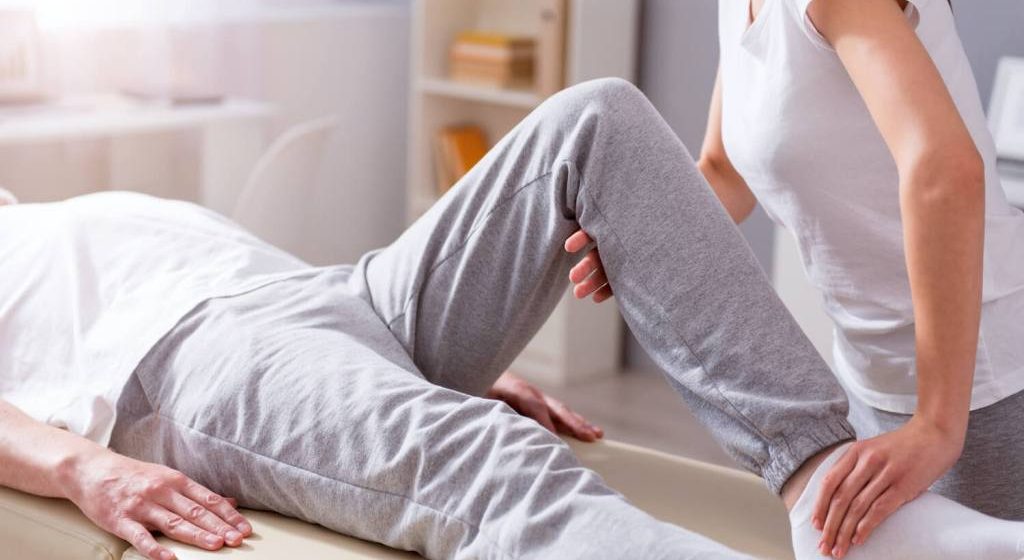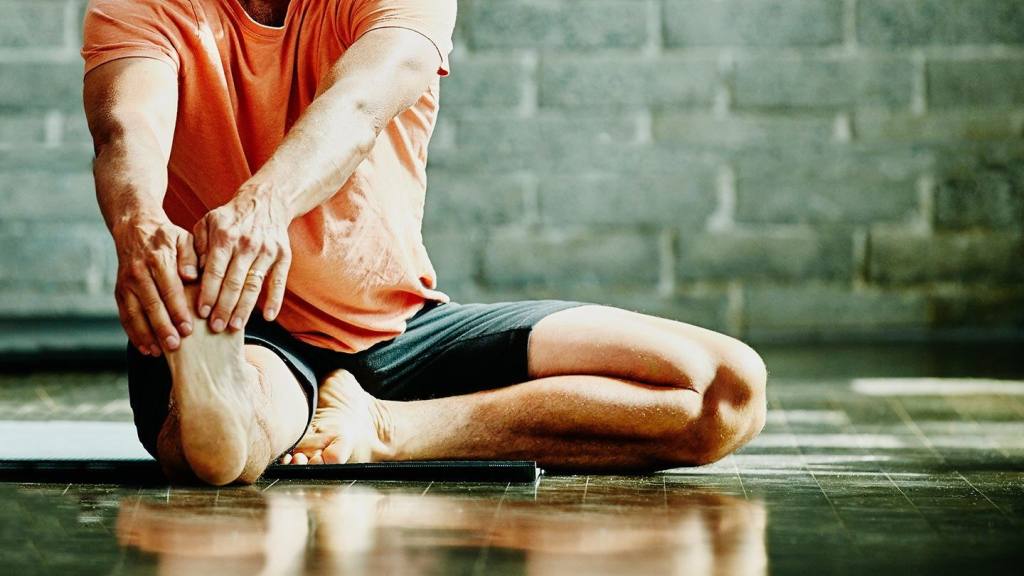Knee injuries are among the most common and debilitating injuries, affecting athletes and everyday individuals alike. Whether it’s a sprain, strain, or more severe injury like a torn ligament or meniscus, knee injuries can significantly impact mobility and quality of life. Rehabilitation exercises play a crucial role in the recovery process, helping to restore strength, flexibility, and stability to the knee joint. This guide will explore key exercises that can aid in the rehabilitation of knee injuries, providing a pathway to recovery and a return to normal activities.
Quadriceps Strengthening Exercises
The quadriceps muscles, located at the front of the thigh, play a vital role in supporting the knee joint. Strengthening these muscles can help reduce stress on the knee and improve overall stability. One effective exercise is the quadriceps set. To perform this exercise, sit with your leg extended in front of you. Tighten the quadriceps muscle by pushing the back of your knee down toward the floor. Hold for five seconds, then relax. Repeat this exercise 10-15 times, gradually increasing the hold time as your strength improves.
Another beneficial exercise is the straight leg raise. Lie on your back with one leg bent and the other extended. Tighten the quadriceps of the extended leg and slowly lift it about six inches off the ground. Hold for a few seconds, then lower it back down. Perform three sets of 10-15 repetitions, switching to the other leg. These exercises not only strengthen the quadriceps but also help improve knee alignment and reduce the risk of further injury.

Hamstring Strengthening Exercises
The hamstrings, located at the back of the thigh, work in conjunction with the quadriceps to stabilize the knee. Strengthening the hamstrings can alleviate pressure on the knee and enhance joint function. A simple yet effective exercise is the hamstring curl. Stand with your feet shoulder-width apart, holding onto a chair or wall for balance. Slowly bend one knee, bringing your heel toward your buttocks. Hold for a few seconds, then lower your leg back down. Perform three sets of 10-15 repetitions for each leg.
Another exercise that targets the hamstrings is the bridge. Lie on your back with your knees bent and feet flat on the floor. Lift your hips toward the ceiling, squeezing your glutes and hamstrings as you rise. Hold for a few seconds, then lower your hips back down. Repeat this exercise 10-15 times, gradually increasing the duration of the hold. The bridge exercise not only strengthens the hamstrings but also engages the core and gluteal muscles, providing additional support to the knee.
Flexibility and Range of Motion Exercises
Maintaining flexibility and range of motion is essential for knee rehabilitation. Tight muscles and restricted movement can impede recovery and increase the risk of re-injury. One effective exercise is the heel slide. Sit with your leg extended in front of you. Slowly slide your heel toward your buttocks, bending your knee as much as possible. Hold for a few seconds, then slide your heel back to the starting position. Perform this exercise 10-15 times to gently stretch the knee joint and improve flexibility.
The calf stretch is another important exercise. Stand facing a wall with your hands placed against it at shoulder height. Step one foot back, keeping your heel on the ground and your back leg straight. Bend your front knee and lean into the wall, feeling a stretch in the calf of your back leg. Hold for 20-30 seconds, then switch legs. This stretch not only targets the calf muscles but also helps relieve tension in the knee joint, promoting better range of motion.
Balance and Stability Exercises
Improving balance and stability is a critical aspect of knee rehabilitation. These exercises help strengthen the muscles around the knee, enhancing joint control and reducing the likelihood of future injuries. One effective exercise is the single-leg stance. Stand on one leg, keeping your knee slightly bent. Hold this position for 20-30 seconds, then switch to the other leg. To increase the challenge, try closing your eyes or standing on an unstable surface like a foam pad.
Another beneficial exercise is the step-up. Stand in front of a step or low platform. Place one foot on the step and push through your heel to lift your body up, bringing the other foot to meet the first. Slowly lower yourself back down, leading with the same foot. Perform three sets of 10-15 repetitions on each leg. The step-up exercise not only improves balance and stability but also strengthens the quadriceps, hamstrings, and glutes, providing comprehensive support to the knee.
Conclusion
Rehabilitation exercises are essential for recovering from knee injuries and regaining full functionality. By focusing on strengthening the quadriceps and hamstrings, maintaining flexibility, and improving balance and stability, you can effectively support your knee joint and prevent future injuries. It’s important to perform these exercises consistently and with proper form to achieve the best results. Always consult with a healthcare professional before starting a rehabilitation program to ensure it’s tailored to your specific needs. With dedication and the right approach, you can overcome knee injuries and return to your favorite activities with confidence.


